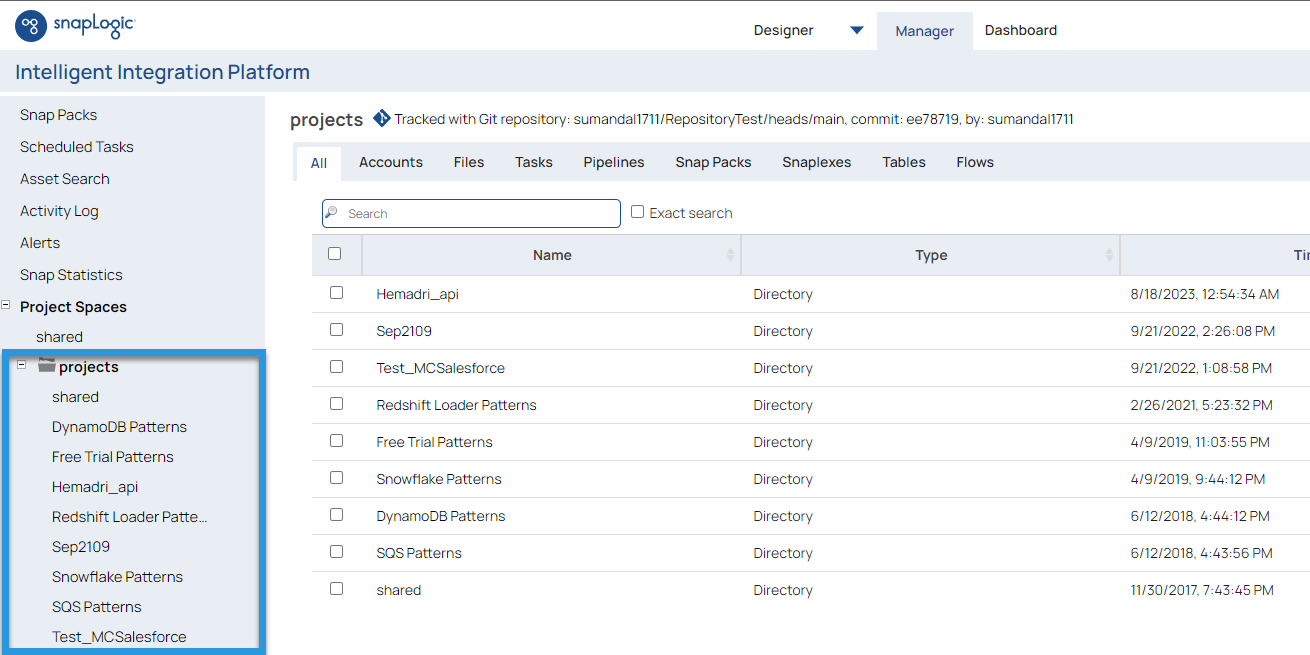Discover how a bimodal integration strategy can address the major data management challenges facing your organization today.
Get the Report →Integrate with SAP SuccessFactors Data in SnapLogic
Use CData Connect Cloud to connect to and integrate with live SAP SuccessFactors data in SnapLogic.
SnapLogic's iPaaS platform helps organizations automate application, data and cloud integrations. When paired with CData Connect Cloud, SnapLogic gets access to live SAP SuccessFactors data. This article demonstrates how to connect to SAP SuccessFactors using Connect Cloud and integrate with SAP SuccessFactors data in SnapLogic.
CData Connect Cloud provides a pure SQL Server interface for SAP SuccessFactors, allowing you to query data from SAP SuccessFactors without replicating the data to a natively supported database. Using optimized data processing out of the box, CData Connect Cloud pushes all supported SQL operations (filters, JOINs, etc.) directly to SAP SuccessFactors, leveraging server-side processing to return the requested SAP SuccessFactors data quickly.
Configure SAP SuccessFactors Connectivity for SnapLogic
Connectivity to SAP SuccessFactors from SnapLogic is made possible through CData Connect Cloud. To work with SAP SuccessFactors data from SnapLogic, we start by creating and configuring a SAP SuccessFactors connection.
- Log into Connect Cloud, click Connections and click Add Connection
- Select "SAP SuccessFactors" from the Add Connection panel
-
Enter the necessary authentication properties to connect to SAP SuccessFactors.
You can authenticate to SAP Success Factors using Basic authentication or OAuth with SAML assertion.
Basic Authentication
You must provide values for the following properties to successfully authenticate to SAP Success Factors. Note that the provider will reuse the session opened by SAP Success Factors using cookies. Which means that your credentials will be used only on the first request to open the session. After that, cookies returned from SAP Success Factors will be used for authentication.
- Url: set this to the URL of the server hosting Success Factors. Some of the servers are listed in the SAP support documentation (external link).
- User: set this to the username of your account.
- Password: set this to the password of your account.
- CompanyId: set this to the unique identifier of your company.
OAuth Authentication
You must provide values for the following properties, which will be used to get the access token.
- Url: set this to the URL of the server hosting Success Factors. Some of the servers are listed in the SAP support documentation (external link).
- User: set this to the username of your account.
- CompanyId: set this to the unique identifier of your company.
- OAuthClientId: set this to the API Key that was generated in API Center.
- OAuthClientSecret: the X.509 private key used to sign SAML assertion. The private key can be found in the certificate you downloaded in Registering your OAuth Client Application.
- InitiateOAuth: set this to GETANDREFRESH.
![Configuring a connection (Salesforce is shown)]()
- Click Create & Test
-
Navigate to the Permissions tab in the Add SAP SuccessFactors Connection page and update the User-based permissions.
![Updating permissions]()


Add a Personal Access Token
If you are connecting from a service, application, platform, or framework that does not support OAuth authentication, you can create a Personal Access Token (PAT) to use for authentication. Best practices would dictate that you create a separate PAT for each service, to maintain granularity of access.
- Click on your username at the top right of the Connect Cloud app and click User Profile.
- On the User Profile page, scroll down to the Personal Access Tokens section and click Create PAT.
- Give your PAT a name and click Create.
- The personal access token is only visible at creation, so be sure to copy it and store it securely for future use.

Connect to SAP SuccessFactors from SnapLogic using Connect Cloud
To establish a connection from SnapLogic to CData Connect Cloud, you will need to download the JDBC Driver.
- Open the Client Tools page of CData Connect Cloud.
- In the Dev Tools section, click JDBC.
- Download and run the setup file.
- When the installation is complete, locate the JDBC Connect JAR file in the JDBC driver's installation directory, for example, C:\Program Files\CData\JDBC Driver for CData Connect\lib.
- Copy the JDBC Connect JAR file (cdata.jdbc.connect.jar).
After copying the JDBC CData Connect JAR file, you will need to paste it into the SnapLogic installation location and configure the connection to Connect Cloud.
- Log into SnapLogic.
- Click the Managers tab.
- Select a folder from the Project Spaces to add the JDBC JAR file to.
![Selecting the hosting folder for the JAR file.]()
- Click the Files tab.
![Navigating to the 'Files' tab.]()
- Click the button in the top right to upload the CData Connect Cloud JDBC JAR file. It appears as a file once uploaded.
![Adding the JDBC Driver JAR]()
- Click the Designer tab.
- Click JDBC to expand the options for "snaps."
- Click and drag a Generic JDBC - Select "snap" onto the designer.
![Using a 'Select' snap.]()
- Click Add Account > Continue.
- Enter the JDBC connection properties.
- JDBC driver: add the CData Connect Cloud JAR file
- JDBC driver Class: enter cdata.jdbc.connect.ConnectDriver
- JDBC Url: enter a JDBC connection string for the JDBC driver. For example: jdbc:connect:AuthScheme=Basic;User={username};Password={PAT};
- Username: enter your CData Connect Cloud username. This is displayed in the top-right corner of the CData Connect Cloud interface. For example, [email protected].
- Password: enter the PAT you generated on the Settings page.
![Configuring the connection to CData Connect Cloud.]()
- Click Validate. If the connection succeeds, the "snap" is ready to use.
- Click Apply.
You can now create reports with the connected data.
Get CData Connect Cloud
To get live data access to 100+ SaaS, Big Data, and NoSQL sources directly from SnapLogic, try CData Connect Cloud today!













